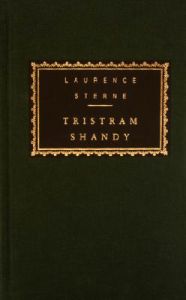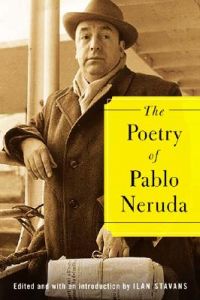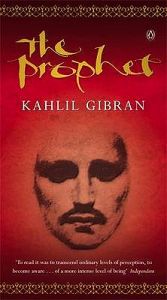
This bawdy, high-spirited novel--whose author, Laurence Sterne, was described by Diderot as "the Rabelais of the English"--provoked a literary scandal when its first two volumes were published in 1759. A masterpiece of narrative absurdity, ribald humor, and philosophical playfulness, Tristram Shandy is famously studded with witty metafictional gambits--chapters out of order, blank and blacked-out pages, a preface that occurs in the middle of the book--that prefigured postmodernism by two centuries. Tristram Shandy, the hero of this fictional autobiography, purports to narrate the story of his life, but along the way he engages in so many colorful digressions and exuberant jokes that his birth does not even occur until Volume III. In the meantime, we meet an unforgettable supporting cast of characters--including Shandy's father and mother, his uncle Toby, the servant Trim, Dr. Slop,...
Visa mer
Recensioner
Betyg 
Ok, det här gick bara inte… En knapp femtedel in i volym ett av tre inser jag att det helt enkelt inte är värt en hjärnblödning orsakad av total uttråkning att slå pannbenet blodigt mot boken bara för att sanningsenligt kunna hävda att jag har läst den. Jag förstår mycket väl att det är en av bokens poänger att Tristram själv, när han egentligen ska berätta om sitt eget liv, far iväg i så många utvikningar att det egna livet är vad som avhandlas minst av allt. Det gör den inte intressantare.
Man förstår liksom på håll att boken ska vara både skabrös och humoristisk (tydliga paralleller kan dras till både Rabelais och Cervantes) men alla dessa antydningar, för att inte tala om en eventuell handling, dränks i en fullkomlig eruption av ord. Man skulle kunna tro att Laurence Sterne fick betalt per spaltmeter.














